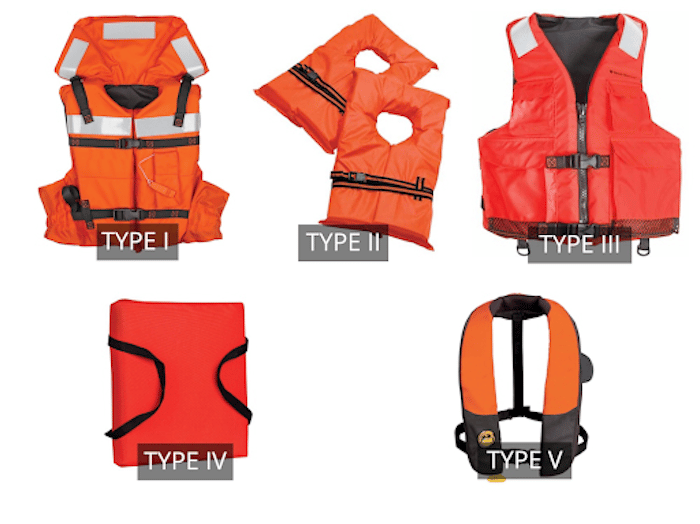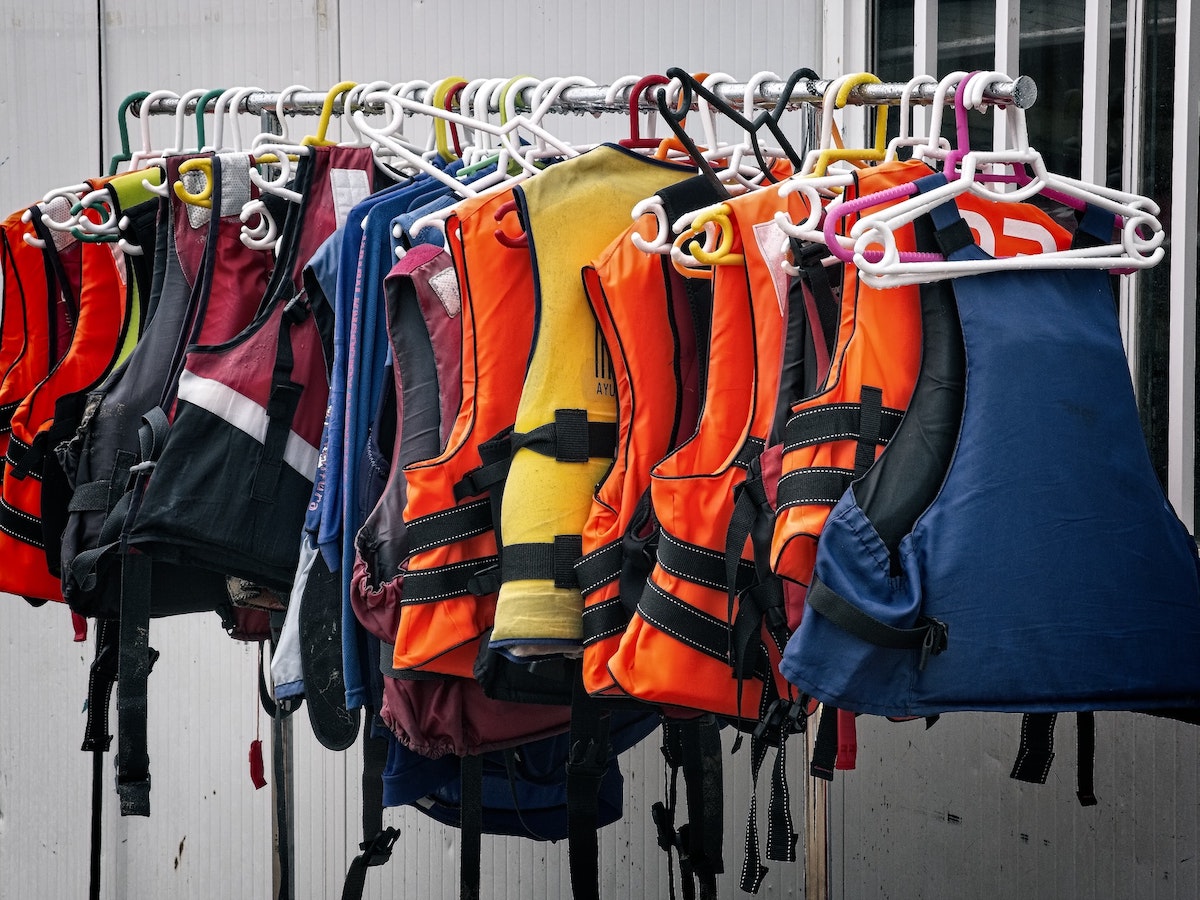Paddle boarding is now one of the most popular water sports. It’s easy to learn, suitable for all ages and a lot of fun. It’s a great way to relax and just have fun. But it has certain safety risks that we should be aware of.
To avoid any potential danger, it’s recommended that you should wear a personal flotation device whenever you are out on the water even if you are using the best all around inflatable SUP board or that you are an experienced paddler.
There are various kinds of personal flotation devices and not all of them are suitable for paddle boarding. It’s important to find a suitable SUP life jacket for yourself.
Do you need to wear a paddleboard life jacket?
The short answer is yes. In the US, it’s mandatory to have a life jacket with you when you are out on the water. And if you are 12 years old or younger, you have to wear one when out on the water since paddle boards have been classified by the USCG(United States Coast Guard) as a vessel. You’ll also need a whistle or other sound making device with you whenever you get out on the water. If you paddle at night, you’ll also need to have lights as well. But there are exception, for example, if you paddle in a surf zone or swimming area, then you don’t have to have or wear a SUP life vest.
If you are wondering “I found a place for paddle boarding near me, do I still need a life jacket?” The answer is still yes. No matter how close it is to your place or how familiar you are with your SUP spot, it’s recommended that you wear a life jacket to ensure your own safety.
We recommend that one should always wear a suitable inflatable SUP life jacket for safety reasons. And if you are paddle boarding with your kids and they are under 12 years old, make sure they wear a suitable inflatable life vest when on the water.

Types of PFDs
Generally, there are 5 types of PFD(personal flotation device) and not all of them can be used as SUP life jackets.
Type 1 – The first type of PFDs usually have a minimum of 22 lbs buoyancy and can keep your face up in the water. You can use them offshore. But they are kind of bulky and not very comfortable to wear. But being thick also means it can provide enough amount of buoyancy to keep you safe when you fall in.
Type 2 – This type of life jacket can also keep your head above the water but are not as good at it as the first type of PFD we introduced. They have a lower 15.5 lbs of buoyancy and are supposed to be used in calm water near the shore and not for when the wearer will be stranded in the water for long periods of time. They usually have several plastic side-release buckles to secure the vest on your body.
Type 3 – This type of PFD are also not suitable for where long wait times for rescue are to be expected. They’re best for calm and near-shore water sports and able to keep you upright or vertical in the water. But they can’t keep your face up in the water like the first two types of PFDs. You’ll have to place yourself in a face-up position. They can provide a minimum of 15 lbs buoyancy and are very widely used for recreational water sports like jet skiing, water skiing, SUP fishing, and wakeboarding.
Type 4 – These are throwable buoyancy aid and they are not approved by the USCG for use by paddlers. They are designed to be thrown to someone who falls into the water by accident and is still conscious, and they are not meant to be worn. They are basically just a square flotation cushion or round throwable floaty.
Type 5 – These are special use life vests which are often comnbined into flotation coats, whitewater rafting vests, even sailboard harnesses. They shouldn’t be used outside of their intended purpose.
Choose the right size SUP jacket
After choosing a suitable SUP life jacket for your SUP activity, there are a few things to check. Make sure it’s in good condition, and has no holes or tears, and fits you nicely. If you wear a SUP jacket that’s too large, it can slip off easily. If it’s too small, it might not be able to provide sufficient buoyancy to keep you afloat. A standard SUP life jacket should have the manufacturer’s labeling with details of the size and weight the jacket is intended to fit.


